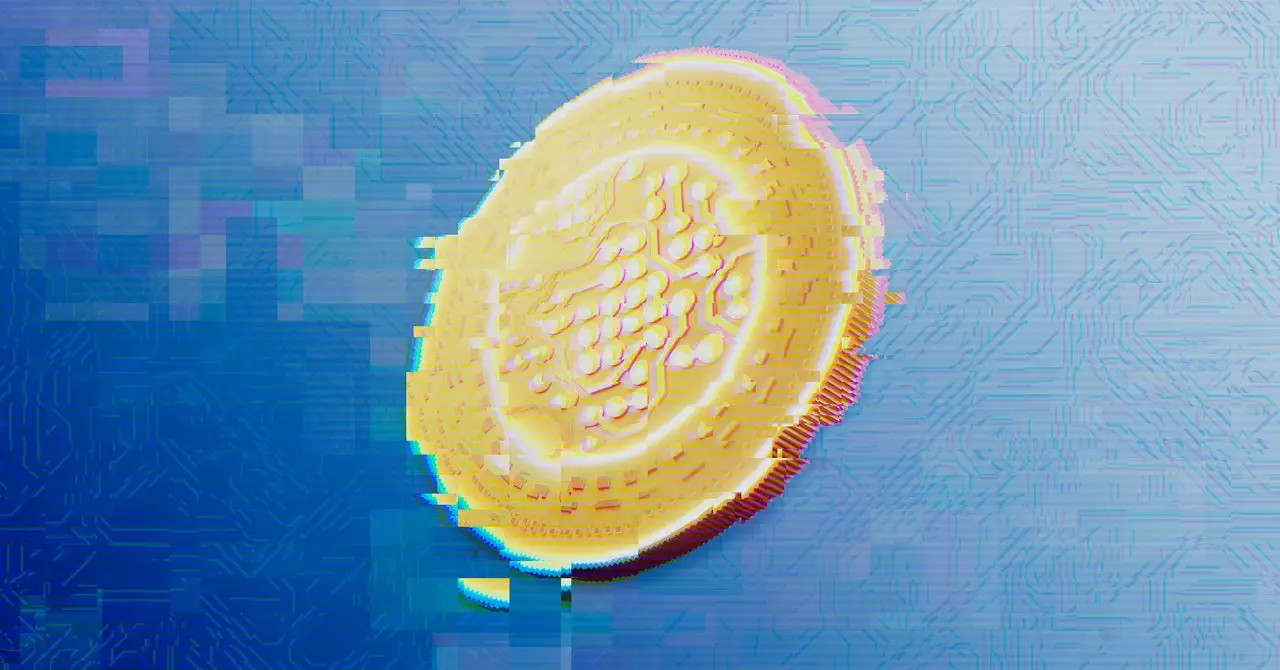In a heartwarming twist on the hacker narrative, a group of young technologists from India creatively navigated Apple’s restrictions on the AirPod Pro 2 to enhance their grandmothers’ quality of life. These motivated individuals constructed a homemade Faraday cage using a microwave, a clever yet playful insight into hacking—transforming an everyday household item into a sophisticated tool for achieving their goal. This imaginative approach directly contrasts the common depiction of hackers as malicious figures. Instead, it highlights how technology can be used altruistically to bring joy and functional improvements to the elderly, underscoring the duality of technology as both a facilitator of innovation and a means of improving human connection.
While the story of the Indian hackers charms us with its sentimentality, it simultaneously serves as a reflective backdrop to the darker aspects of technology’s evolution. The disparity in technological use becomes stark when we consider how the U.S. military is testing AI-based weaponry like the Bullfrog, designed to target drone swarms with heightened accuracy. The juxtaposition of these two narratives—from the innocent tinkers to the calculated design of military machinery—begs the question: What does technology truly represent? At its core, it can be a tool for connection or a mechanism for destruction, reflecting the intentions of those wielding it.
As the landscape of political power shifts, the implications for technology and privacy become more pressing. Recent announcements by the U.S. Department of Justice highlight alarming trends: an 18-year-old involved in an extensive network of swatting attacks across the nation serves as a virtual harbinger of the indifference and recklessness that can accompany digital anonymity. This situation reinforces the need for societal awareness surrounding the responsibility that comes with technological mastery.
Moreover, with looming threats posed by an administration keen on re-evaluating cybersecurity measures, citizens must be increasingly vigilant. The potential rollback of regulations aimed at protecting online privacy could reopen the doors to unrestrained surveillance practices. As concerns mount over the unprecedented scope of government observation—particularly in an era where political leaders are vocal about punishing their adversaries—individuals are faced with the challenge of safeguarding their digital personas. A practical guide published by WIRED becomes not merely a resource but a beacon of self-defense in the shadow of government oversight.
In the ever-evolving domain of cryptocurrency, a notorious hacking incident involving Bitfinex stands as a reminder of the vulnerable nature of digital assets. The audacious theft of approximately 120,000 bitcoins exemplifies how quickly fortunes can change hands in the digital frontier. The criminal couple, Ilya Lichtenstein and Heather Morgan, once gained notoriety not just for their illicit actions but through a bizarre social media presence. This narrative dwells upon the absurdity and glamorization of crime in the digital age, as Morgan’s raps under the name “Razzlekhan” paint a picture of irony where those who engage in illegal activities can still seek fame.
The subsequent legal proceedings reveal a regrettable reality: despite the initial theft, law enforcement’s ability to trace cryptocurrency has improved, leading to considerable recoveries of stolen assets. This edifice of oversight and recovery exemplifies the not-so-clear line dividing morality from legality within the crypto realm. Nevertheless, the couple’s downfall serves as a harsh reminder of operational security—lack of which made their misconduct increasingly detectable.
Another facet of this complex technological tapestry is represented by the innovation used to combat scams. Firms like Virgin Media and O2’s development of an “AI Granny,” which engages scammers in drawn-out conversations, points to a fascinating repurposing of artificial intelligence. While scammers amplify their operations through technological advancements, the rise of countermeasures utilizing similar innovations reflects a competitive warfare mentality.
The irony here is palpable; as scammers use AI for deception, those victimized by their tactics develop robust defenses powered by the same technology. This battle between scammers and defenders raises profound questions about ethics in technology. Should companies and individuals stoop to the level of deception in order to protect themselves? This technological tug-of-war highlights the inherent ethical dilemma faced by stakeholders across the digital landscape.
Equally concerning is the emergence of state-sponsored hacking, particularly tied to the activities attributed to North Korea. Recent reports indicate that hackers linked to this regime are reportedly implanting malware within specially crafted macOS applications. Such machinations signify a shift in tactics, as the traditionally Windows-dominant hacker community shifts focus to exploit vulnerabilities in Macintosh systems.
Understanding these evolving threats demands heightened security protocols among individual users and organizations. As malicious intent morphs to exploit new systems, it reaffirms the imperative for educational frameworks that cultivate awareness of cybersecurity issues—a race against time where the stakes continue to escalate with each technological leap.
The exploration of these narratives—from innocent inventions to alarming security breaches—highlights an intricate dance between hope and fear within our technologically driven society. Each facet presents a chapter in the wider story of humanity’s relationship with technology, inviting continuous reflection and dialogue on its ethical and practical implications. Whether we find ourselves creating ingenious solutions for our loved ones or contending with the pervasive tentacles of surveillance and cybercrime, the journey of technology remains profoundly intertwined with our existence.


Leave a Reply
You must be logged in to post a comment.